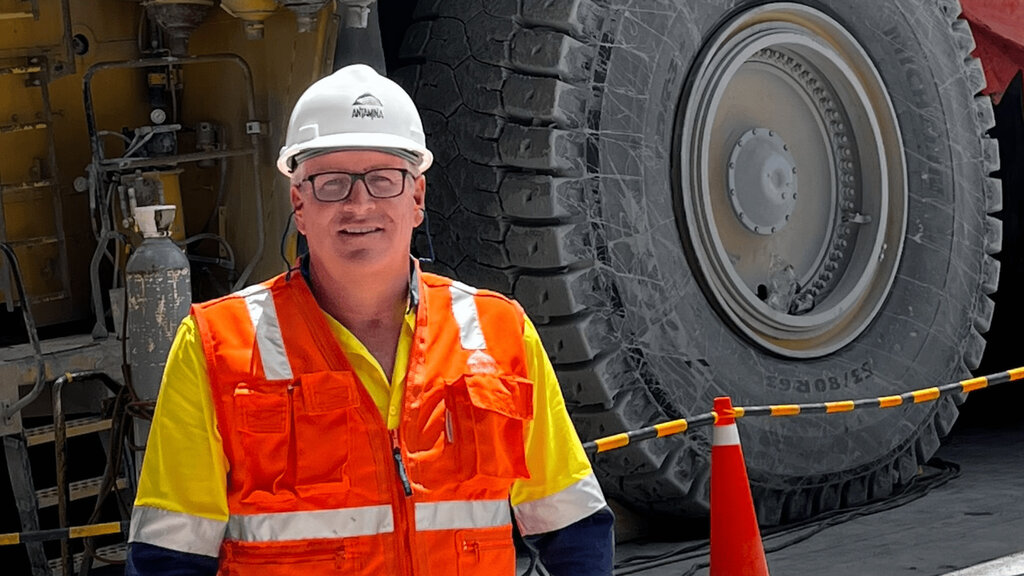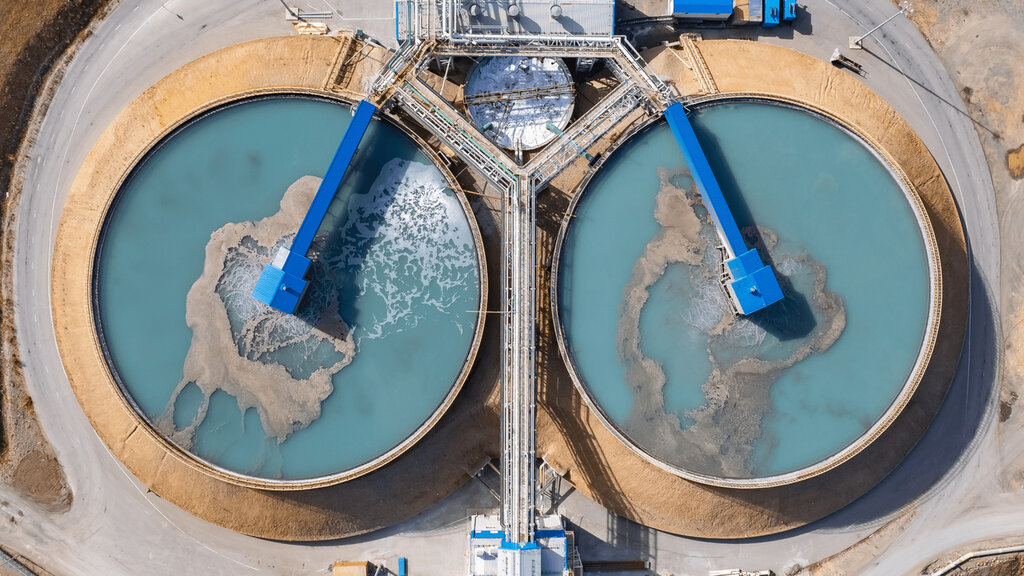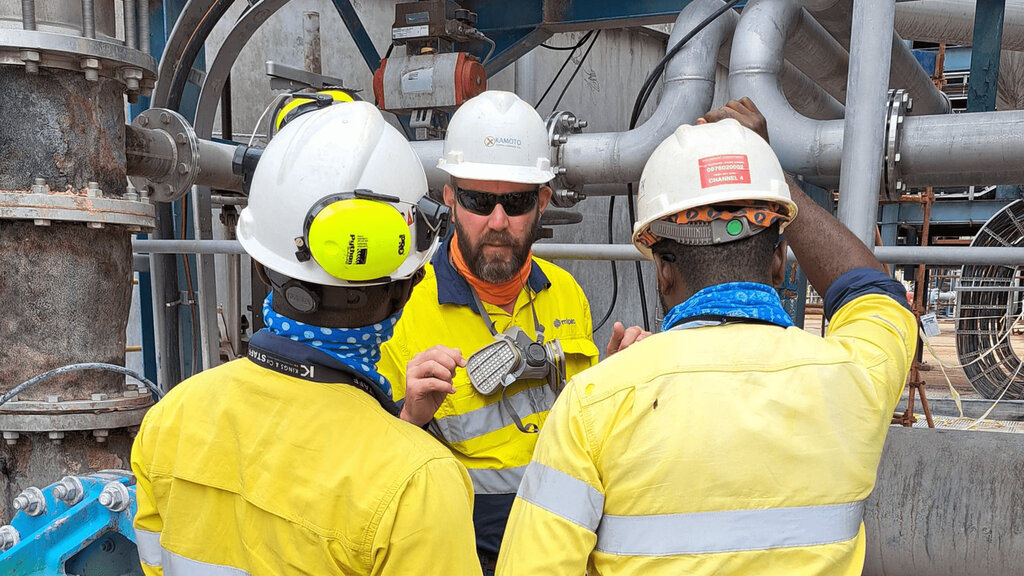Company Insight
Sponsored by Mipac
Automation at the edge: Why mining’s future must be built on resilience, not just efficiency
An interview with Mipac, global experts in control systems and automation for mineral processing.
Main image credit:
For decades, automation in mining was viewed primarily through the lens of cost control - shaving hours off shift changeovers, optimising reagent dosing, or cutting energy usage across the process train. But as ore bodies become more complex, environmental scrutiny tightens, and cyber threats multiply, the conversation has expanded to include the building of operational resilience.
We sat down with Steven Cohen, Global Growth Lead with engineering and automation specialist Mipac, to explore how they are using AI, advanced analytics, and secure-by-design systems to manage variability, risk, and long-term performance to reshape the future of mineral processing.

Steven Cohen, Global Growth Lead, Mipac.
MINE Global: You’ve overseen dozens of control-system refreshes. How does Mipac phase in AI-driven automation without shutting down a single processing line?
Steven Cohen: We treat modernisation as a live operation. You can't just pull the plug on production, especially in continuous process environments. We begin with a deep technical and operational review to understand both the control architecture and the human architecture—what systems are in place, and how the operators actually use them.
With AI-driven tools, we often deploy in shadow mode first, essentially running machine learning or advanced analytics tools alongside existing systems without making any decisions. This allows us to build trust and validate outputs in real time. Once we know the models are performing and the team is on board, we move into controlled deployment, typically in non-critical loops first.
Our work with Ok Tedi Mining is a great example. After a shutdown, they needed to recover fast. We helped build an information platform that layered smarter insights on top of existing infrastructure, delivering stability without disruption.
MINE Global: Today’s cyber threats can halt production just as surely as mechanical failure. What ‘secure by design’ principles do you bake into automation projects?
Steven Cohen: Cybersecurity is no longer a background IT issue, so we treat security as a foundational design element.
That means segmenting networks, controlling access to critical assets, and securing remote connectivity. In greenfield projects, cybersecurity is built in from day one, ensuring it is a core component of the system design rather than an afterthought. But in brownfield environments, where legacy control systems continue to support critical operations, we take a low-impact enhancement approach. This includes firmware updates, deployment of secure gateways, and tightening user controls, which are all designed to strengthen security without disrupting essential functions.
We also prioritise cultural alignment. Automation engineers, electricians, site IT and corporate cybersecurity teams often speak different languages. Part of our job is to bridge that gap so that everyone understands both the risks and the controls.
MINE Global: Ore bodies change, but automation must stay rock-steady. How do you tailor control logic and predictive models to metallurgical variability?
Steven Cohen: Mipac combines deep automation capabilities with metallurgical insight, and this is where our domain expertise in mineral processing comes into its own. We understand how flotation kinetics can shift with changing feed characteristics, how grinding efficiency declines with harder ore, and how poor tailings thickener control can cascade upstream to impact overall plant stability.
So, when we implement automation, we start by asking: What are the key metallurgical drivers? Are we chasing higher recovery or are we focusing on maintaining grade under variable feed conditions? From there, we tailor the control strategy by adding sensors where needed, refining control loop logic, and, where appropriate, deploying adaptive control algorithms or soft sensors to enhance process responsiveness.

Caption. Credit:
MINE Global: Remote monitoring is now a table-stakes requirement. How does Mipac’s suite of tools turn 24/7 visibility into real-time resilience?
Steven Cohen: Visibility is essential, but what truly matters is what the team can do with the data. The goal isn’t just data; it’s actionable insight. That’s why our tools not only display KPIs, they interpret them, enabling informed decisions and timely interventions.
We deploy tools like AVEVA PI Vision and Mipac’s own MPA platform to create shared visibility across shifts, sites and even countries. But visibility alone isn’t enough; we also embed our process expertise to flag when a mill is drawing too much power, or when density trends suggest a thickener upset. That operational context is what transforms raw data into actionable insight.
MINE Global: When you integrate new automation layers on top of 20-year-old Programmable Logic Controllers, what’s the trick to maintaining uptime and keeping operators on side?
Steven Cohen: The key is respect for both the legacy systems and the people who’ve kept them running. Legacy PLCs often contain years of site-specific logic. Operators understand every quirk and every workaround. We never bulldoze that - we integrate around it.
That might mean building an overlay system that extracts data or provides decision support without interfering with core control. It often means running dual systems during commissioning and involving operators in Human-Machine Interface design so that what’s new feels familiar. This approach maintains uptime and builds trust, ensuring a smoother transition.
MINE Global: Looking ahead to 2030, how do you see digital twins, edge analytics and self-learning loops reshaping automation in mineral processing?
Steven Cohen: The trajectory is clear, we’re moving from reactive control to predictive and, ultimately, autonomous optimisation. Digital twins will enable teams to simulate process changes before they are implemented in the plant. Reducing operational risk and increasing confidence in decision-making. Edge analytics will enable faster decisions close to the process, which is especially critical at remote sites where latency and connectivity can be issues.
Self-learning loops—driven by robust datasets and domain-informed algorithms—will gradually take over specific tuning and optimisation tasks. We already see this in areas like thickener control and flotation air management.
But none of this works without a strong foundation. You need reliable instrumentation, accurate process models, and trust in the data. Without them, even the most advanced digital tools can’t deliver meaningful results.

Caption. Credit:
Looking to future-proof your plant?
Whether you're integrating AI-driven control, boosting cybersecurity, or modernising legacy systems, Mipac helps mining operations build resilience where it matters most.
Explore their recent projects to see how they've delivered stability, insight and performance across complex sites worldwide.
Then, get in touch to talk about what’s possible for your operation.
Contact information
Mipac
Steven Cohen
Global Sales and Marketing Manager
Email: steven.cohen@mipac.global
Web: www.mipac.global
